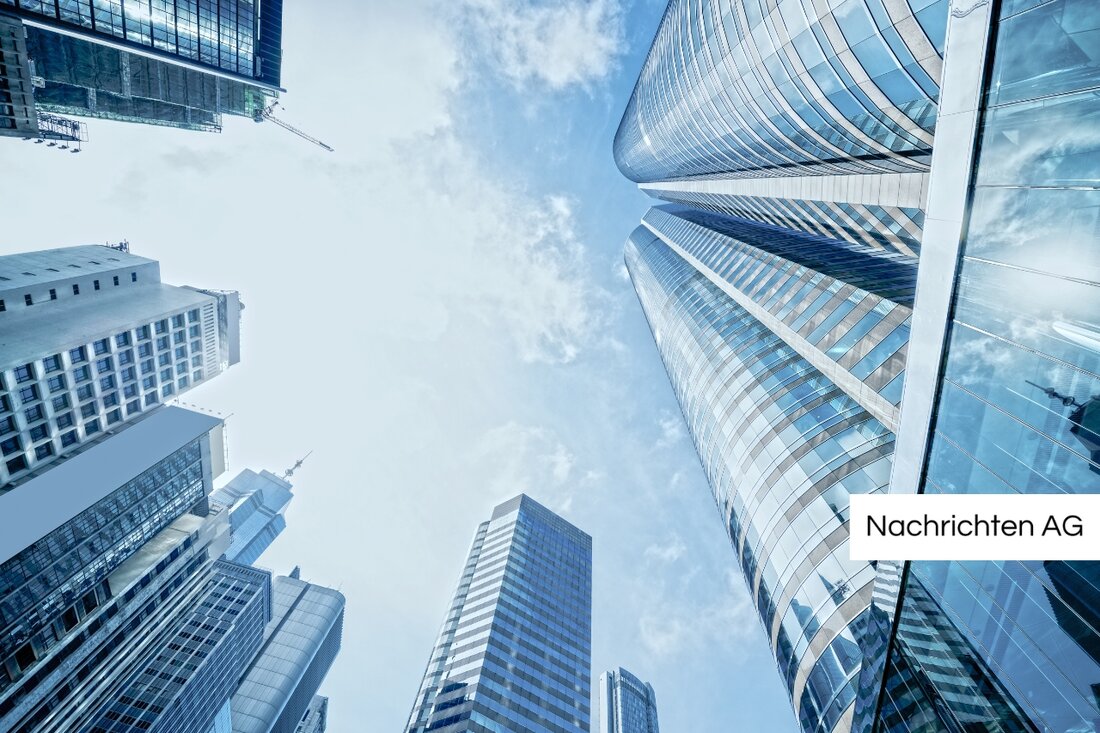Bavaria approves construction of the Suedlink electricity highway – a step for the future!
Suedlink, an important electricity highway, begins in northern Germany and will supply ten million households with green electricity by 2028.

Bavaria approves construction of the Suedlink electricity highway – a step for the future!
The Suedlink, a major electricity highway that stretches from the windy north to the industrially strong south of Germany, is picking up speed. Today it was announced that construction on Bavarian territory has now been fully approved. Werner Götz, the managing director of TransnetBW, has announced the start of construction in Bavaria. Antenna Bavaria reports that the approved route, which is 45 kilometers long in total, runs from the state border with Thuringia near Mellrichstadt to Oerlenbach.
In Oerlenbach the route turns west and connects to another construction phase. This leads beyond Oerlenbach and extends a total of 62 kilometers to Bergrheinfeld, where a central converter station converts the direct current into alternating current. The entire Suedlink covers an impressive 700 kilometers and begins north of Brunsbüttel in Schleswig-Holstein to pass through several federal states, including Lower Saxony, Hesse and Thuringia.
Power supply for millions
The goal of Suedlink is to supply ten million households in Germany with green electricity. The costs for the entire project amount to around ten billion euros. ZDF Today highlights that the approved route runs through a total of six federal states and that the construction work has been delayed due to complex planning and approval procedures. Commissioning was originally scheduled to take place in 2022, but this date has now been postponed to the end of 2028.
The route is not only an important infrastructure project, but also presents challenges. Citizens' initiatives have expressed concerns about possible negative effects on agriculture and the environment, and the Bavarian state government has also expressed criticism. Nevertheless, energy experts believe the expansion is necessary in order to meet the challenges of a new electricity mix with a higher proportion of renewable energies.
Technology and environmental aspects
The innovative Suedlink concept relies on underground cables that minimize the impact on the landscape and optimize direct current transport. The advantage of high-voltage direct current (HVDC) transmission is the lower energy losses over long distances compared to conventional AC lines. Information from KfW show that direct current is also used in international electricity trade, such as between Germany and Norway. At the converter stations, the electricity is converted between direct and alternating current as required.
In parallel to Suedlink, the Suedostlink is also being developed, which is scheduled to be completed in 2027. Both projects are part of a comprehensive strategy to address the challenges of the energy transition. With a total volume of 700 kilometers, they will help create the necessary infrastructure for the green energy age in Germany.

 Suche
Suche
 Mein Konto
Mein Konto